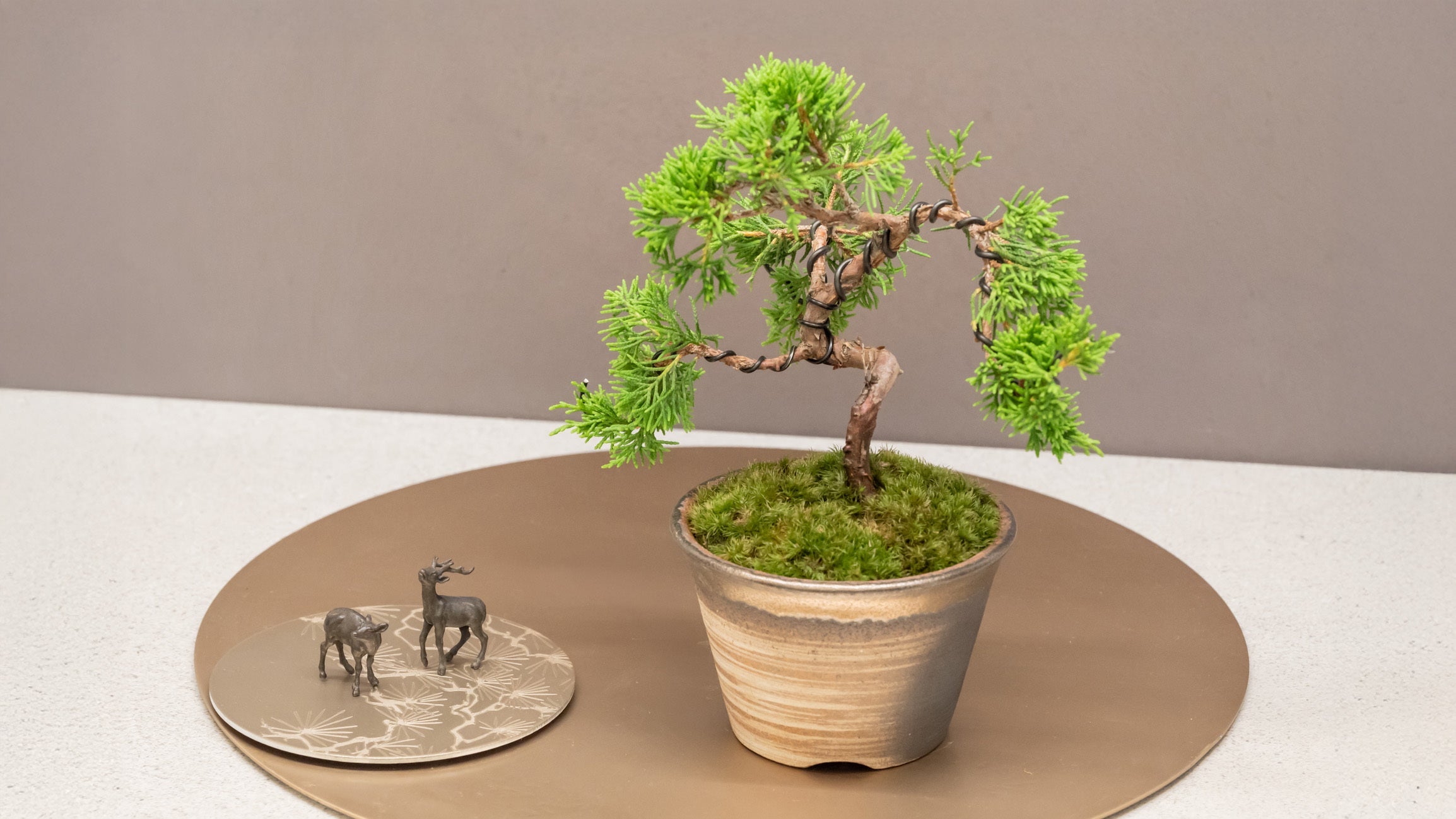
Journey into the World of Bonsai in Tokyo
Ecrit par Team MUSUBI
Whether you’re planning a trip to Japan or simply fascinated by Japanese culture, this article invites you to discover the timeless art of bonsai, one of the many unforgettable things to do in Tokyo.
In a city bustling with neon lights, towering skyscrapers, and endless culinary delights, it can be hard to find a moment to slow down. Yet, tucked away on the 10th floor of Daimaru Tokyo, just steps from the Otonami Lounge Tokyo, lies an oasis of calm and tradition. Here, Team Musubi visited the Seikou-

We also had the privilege to interview Yamada Torayuki, Senior Managing Director of Seikou-

Whether you’re already growing bonsai abroad or simply curious about what bonsai is, we hope this story brings you closer to appreciating this delicate and profound art and inspires you to add it to your Tokyo itinerary.
Table of contents
Seikou-en’s Heritage: A Bonsai Rooted in Time
Amid the diverse and distinctive shops on the 10th floor of Daimaru Tokyo, Seikou-

As I paused to admire the white pine, captivated by its dignified silhouette, a calm voice spoke from behind. It was Yamada Torayuki, bonsai artist and Senior Managing Director of Seikou-
“The essence of bonsai, is to recreate natural landscapes in miniature. A bonsai should look like an old, majestic tree, even though it’s small in size.”
“Imagine standing under a towering tree in a park,” he continued. “As you look up, the branches grow thinner toward the top. That perspective gives a sense of distance and time. Bonsai aims to evoke that very sensation—only at a much smaller scale. The trunk should be thick at the base and taper upward. That form takes years to develop.”

He gestured toward the tree’s bark. “The texture also matters. Rough bark gives the impression of age, while smooth bark feels young. And if you look closely, you’ll see the roots slightly emerging from the soil. That’s another sign of age.”
Even the proportion between the pot and the tree matters. A slightly undersized pot makes the tree appear even more grand, enhancing the illusion of age and scale.

This conversation answered a long-held question I had: Why do bonsai seem so powerful despite their small size? Why do they evoke the passage of time so vividly? Yamada had just revealed the secret.
A Family Tree with Deep Roots
Seikou-
Later, during the era of the third-generation successor, Kamajiro, the business moved to Omiya Bonsai Village in Saitama, a region renowned for bonsai cultivation. Today, Seikou-

When asked what sets Seikou-
What is Bonsai to You?
Having described the philosophy behind Seikou-en’s approach, we turned the question inward: “And for you personally, what is bonsai?” Yamada paused for a moment, then replied with quiet reflection:
“There’s no single right answer to that question. Bonsai are cultivated by human hands, but in turn, they teach us how to live. While people seek comfort in their lives, bonsai grow outdoors, exposed to the elements. They sense and respond to changes in their environment. That struggle is essential to their beauty and character. Likewise, in life, true growth comes not from ease but from resilience. There’s so much to learn from that.”

He added with a smile, “Some people may think bonsai is too difficult, but that challenge is part of its charm. I hope everyone can find joy in the experience.”
Caring for bonsai, he said, means embracing a different pace of time—one defined not by human urgency, but by nature’s quiet rhythms.
“That’s the richness of it. It gives you space, both in your mind and in your life.”
Small Trees, Big Lessons
After learning about the history and philosophy behind bonsai, it was time to get Team Musubi's hands dirty. Our instructor for the experience was Terui Sho, who handles public relations and overseas exports for Seikou-
Step 1: Preparing the Pot
Terui-sensei had already done some of the prep work for us, such as wiring the drainage screen and securing the root anchor. We began by filling the bottom of the pot with coarse akadama (red ball) soil—Japan’s classic bonsai substrate. Then came finer particles, until about one-third of the pot was filled.

Step 2: Choosing the Front
Next came the aesthetic decision of the tree’s “front.” In bonsai, this isn’t arbitrary. “Ideally, the tree should lean slightly toward the viewer,” Terui-sensei explained. “And this creates a sense of intimacy and scale when viewed from below. By tilting the tree during repotting, we can enhance this effect.”
He continues, “When repotting, you can angle it to make the trunk feel more dynamic, such as in kengai (cascade) form, which requires dramatic angles that make the tree flow downward over the pot’s edge.”
For Team Musubi’s tree, we chose a classic moyogi (informal upright) shape, an elegant S-curve. “There are many potential landscapes in a single tree,” Terui-sensei said. “The trick is choosing the one you want to highlight.”

Step 3: Pruning the Branches
Before repotting, we trimmed the inner-facing branches to create negative space, a defining feature of Seikou-

Step 4: Wiring the Form
Now comes the delicate part. Bending the branches with wire. “Don’t worry,” Terui-sensei reassured me, “Shinpaku is flexible.” The process was trickier than expected, so he demonstrated. “Though winding the wire is tricky, some participants choose to try it themselves. With practice, this step becomes one of the most rewarding.”

Step 5: Planting the Tree
With the form set, we filled the remaining space with soil, using chopsticks to carefully press it in from below, ensuring it filled every gap and stabilized the roots. This detail surprised me—how even something as simple as a pair of chopsticks could play a role in the art of bonsai.


Step 6: Watering
To avoid making a mess, we did the watering inside a prepared container filled with water. Typically, bonsai are watered thoroughly until water flows freely from the bottom of the pot, signaling that the roots are fully saturated.

Step 7: Adding Moss
As a final touch, we applied moss over the soil, carefully pressing it into place to cover any gaps. “You can use moss from around your own home later on,” Terui-sensei said. “It will grow better if it’s adapted to your local climate.” He also showed us how to press the soil inward along the lip of the pot with tweezers, creating a groove where water could pool during watering without overflowing.


When we stepped back, the transformation was striking. The small moyogi-style juniper looked nothing like the tree we started with. Our photographer, Suzuki, who had been documenting the process, decided to take it home. “I’ll take good care of it,” he said with a smile. It felt like another bonsai enthusiast had just been born.

Nearby, we spotted another juniper, this one around 50 years old, its bleached trunk a result of intentional deadwood. “Maybe ours will look like that in half a century,” Suzuki said. Team Musubi’s bonsai dreams were taking root.
The entire workshop, including explanations and hands-on work, took about an hour and a half. It was a deeply enriching experience. One that revealed the beauty of bonsai from multiple perspectives, far beyond simply shaping a tree.

For Overseas Fans: How You Can Enjoy Bonsai at Home
Seikou-
In addition, the shop offers a wide range of bonsai-related items, including the same shears used in the workshop, beautifully crafted pots from kilns all over Japan, miniature ornaments shaped like animals or traditional motifs to place beside your tree, and even indoor horticultural lights.

Whether you're just beginning your bonsai journey or already deeply immersed in the art, a visit to Seikou-
To inquire about workshops or follow Seikou-
Seikou-en
Daimaru Tokyo
10F, 1-9-1 Marunouchi, Chiyoda-ku, Tokyo



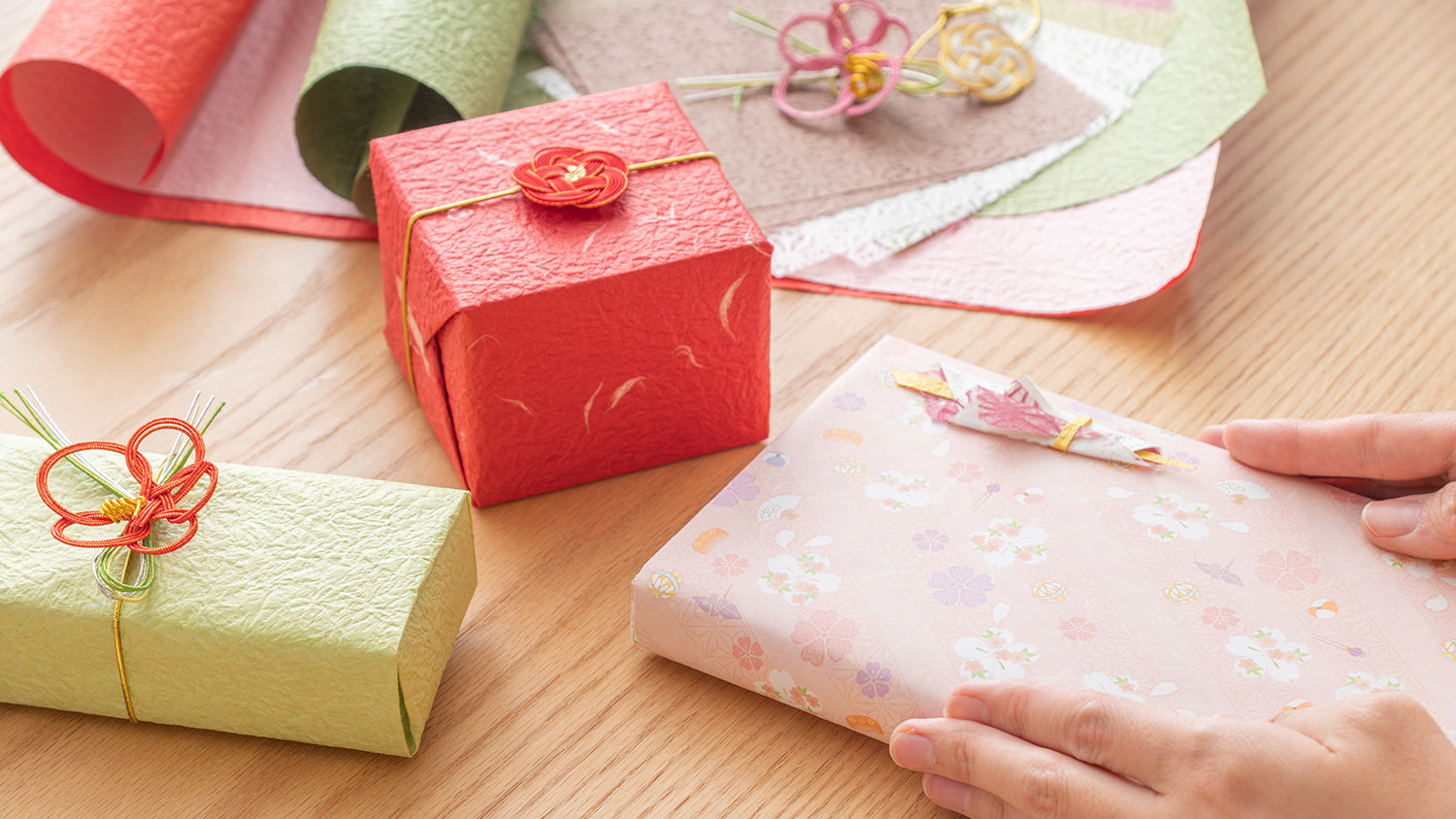

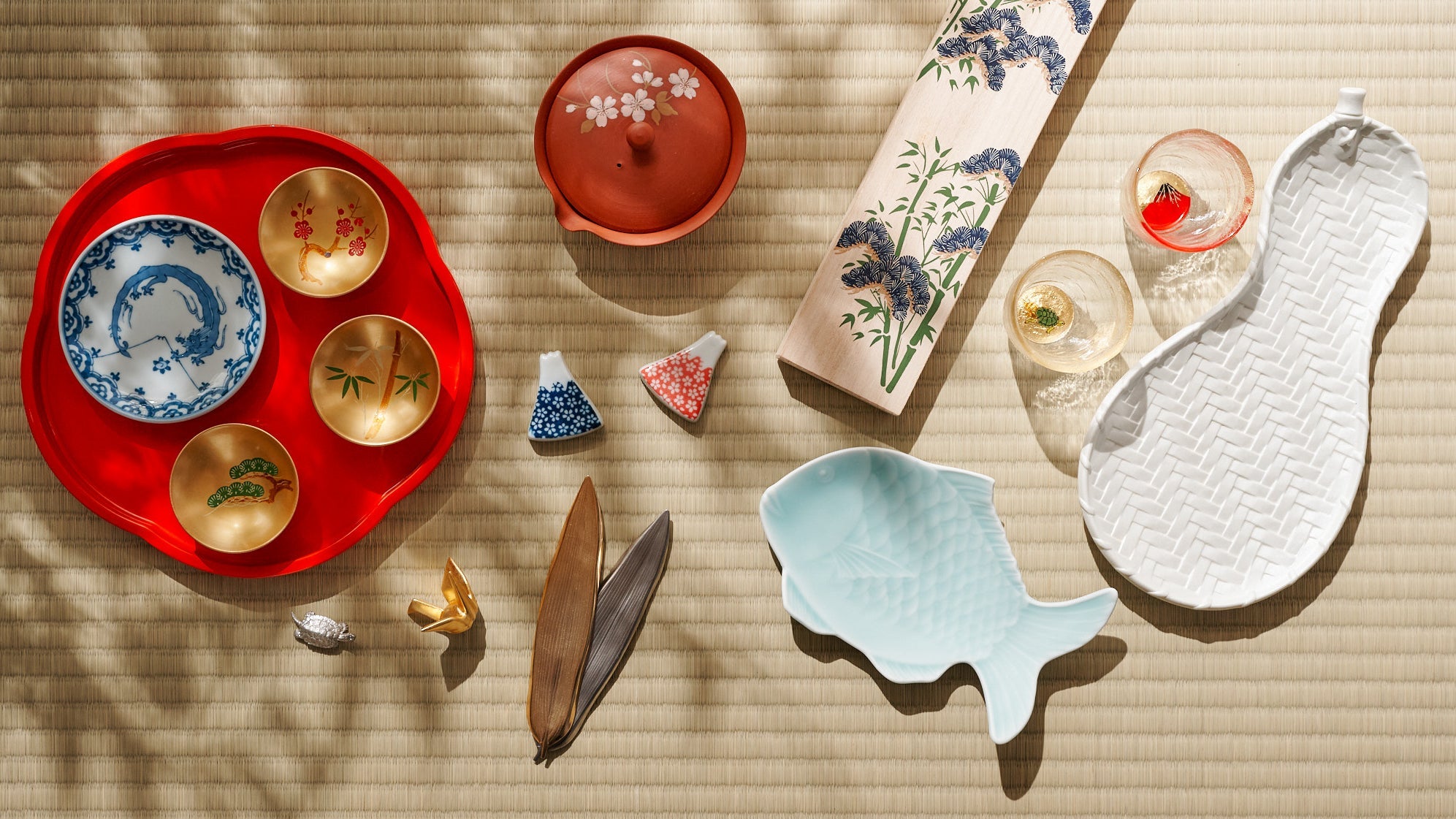
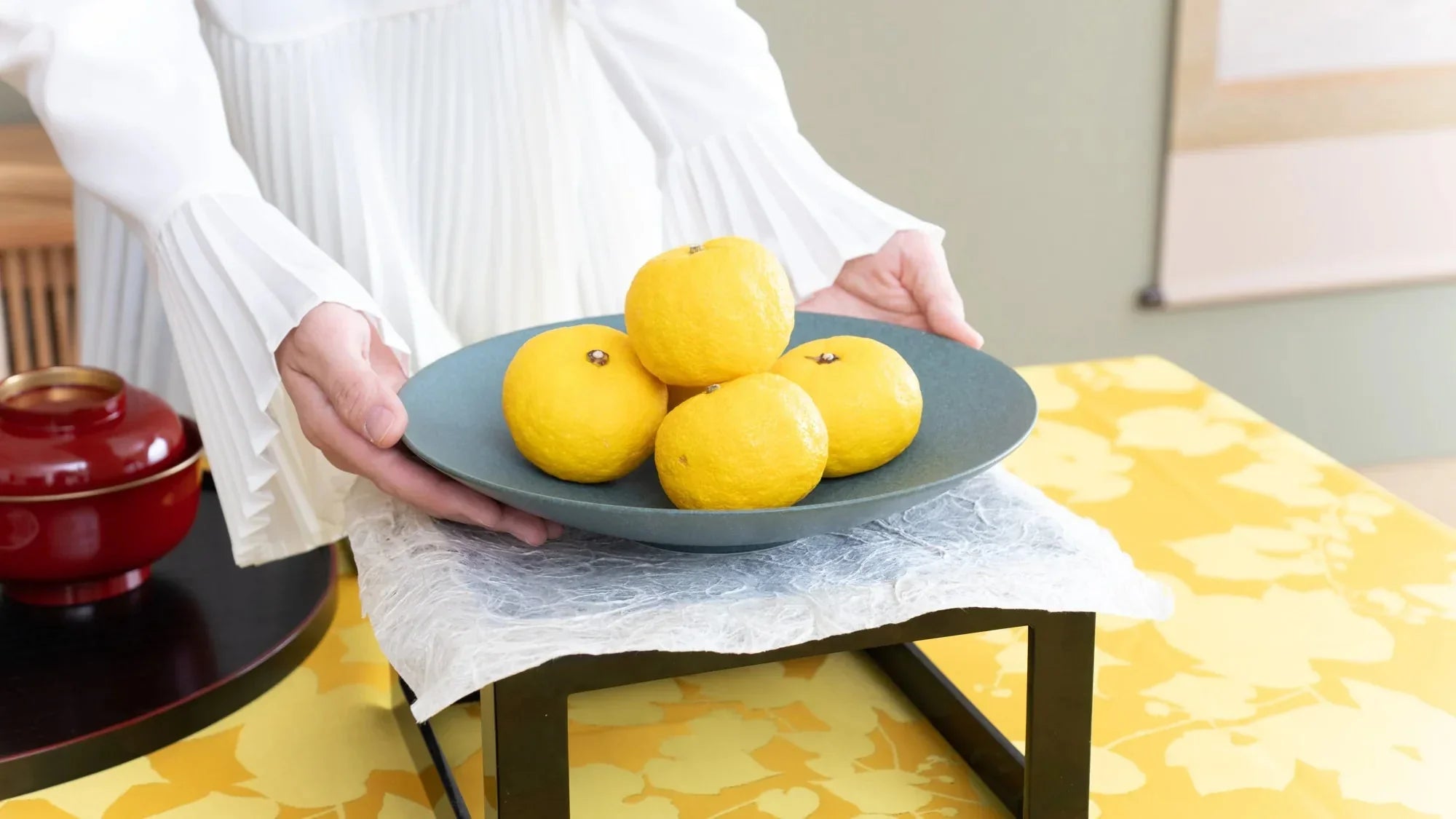
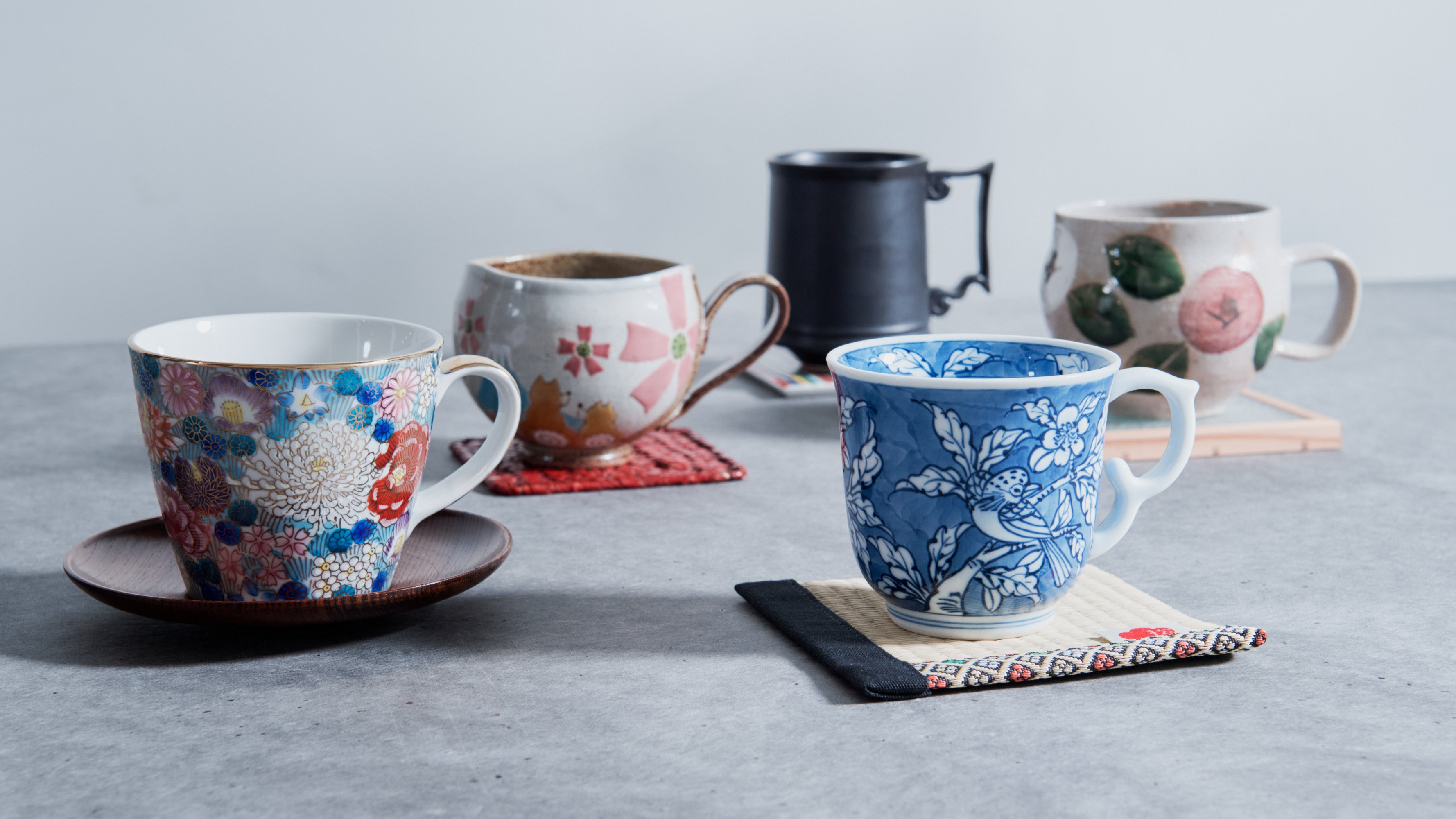
Laisser un commentaire
Ce site est protégé par hCaptcha, et la Politique de confidentialité et les Conditions de service de hCaptcha s’appliquent.